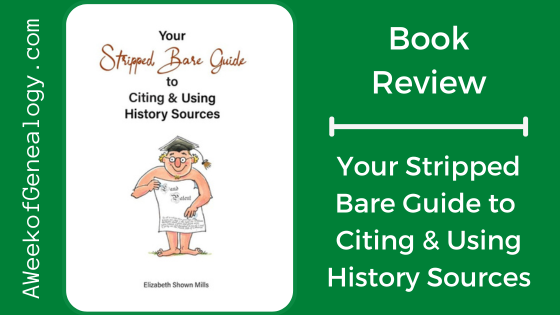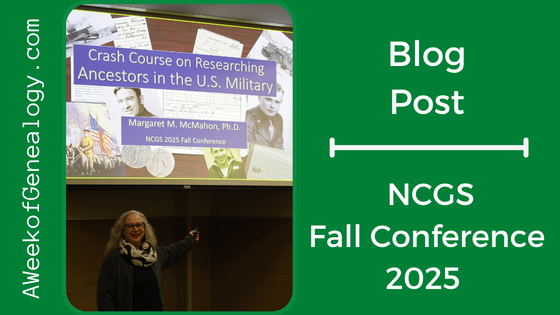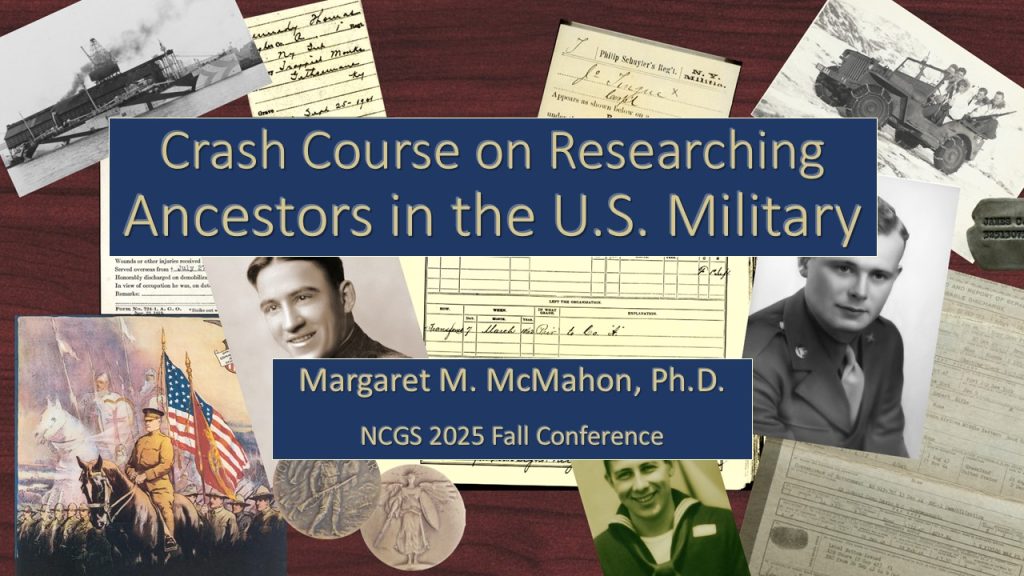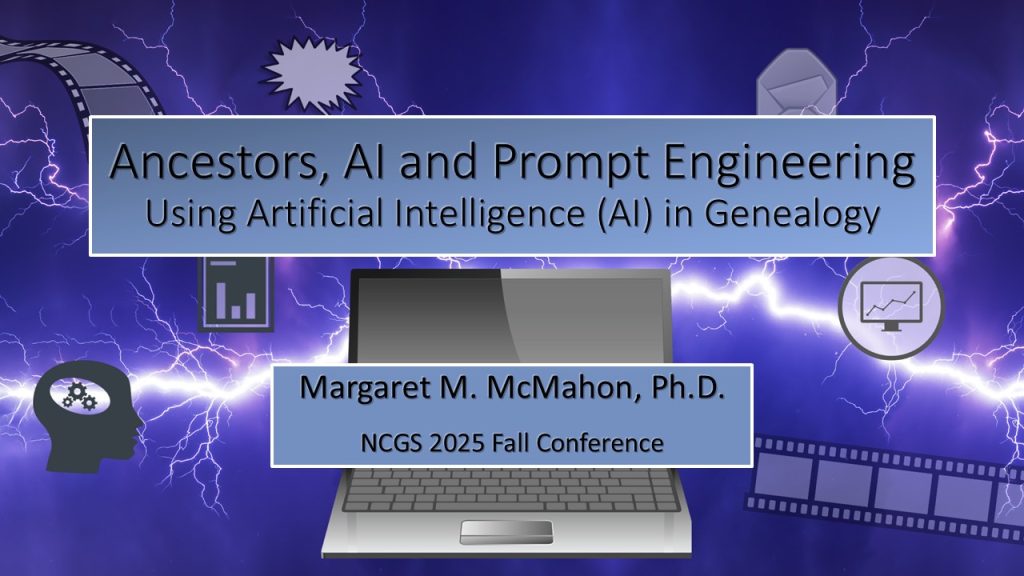Book Review: Your Stripped Bare Guide

Having earned a Ph.D., worked as a professor, and published research, I know that citing sources is essential in academic work. Having published in multiple disciplines, I have used different styles of citations and variations of those styles. Students can usually understand why direct quotations need to be cited, but do not always grasp why the facts they use in their writing must also be attributed. The methods in technical papers are explained so that they can be reproducible. For a technical discipline, citations can be used by readers to go upstream to the authoritative sources and investigate the source material for themselves. Those sources are typically published and readily accessible.
Genealogical writing is different. Using historical sources can be far more complicated. They are evidence of the past events, which support interpretations of that past. The access to an historical source may limited. A source may exist in one location with restrictions limiting its physical access, which means that readers may not be able to examine the source themselves. A source may have been destroyed or lost, leaving us with only an image or description of it. It may exist only in the private files of a researcher or in unpublished manuscripts. Primary sources may also be subjective, which introduces another layer of evaluation. Therefore, citations of historical sources need to convey to readers the information about the source and the implications about its reliability.
This is where Your Stripped Bare Guide to Citing & Using History Sources becomes invaluable. Ms. Mills wants us to understand why and how to do this effectively. Improving how we cite our sources will result in better products. As we evaluate our sources our citations present evaluation of their reliability to others. She guides us as we turn our evidence into proof.
There are sobering thoughts throughout this book. Without DNA evidence, attributing relationships between individuals in the past is built on trust in the informants. The authenticity of a tombstone image downloaded from an online cemetery website differs from that of an image we photographed on our own in-person visit to a cemetery.
All sources are not created equal, nor do all have the same weight when considered as proof. From the very start of our research, we need to not only be tracking where our sources come from but evaluating them as we collect them. We must also be wary of bad data; multiple references to it should not be mistaken for proof of its veracity. There is a good reminder to put full citations on the front page of all our notes or copies of documents.
Enjoy the guidelines for analyzing evidence. The book also includes universal templates and construction notes for our use, including templates for the daunting layered citations with an explanation of why they are important. While you might be tempted to ignore Appendix One until you need to define terms, I recommend that you review it early to make sure that you understand the language of citing and using historical sources. (The first term you look up should be “q.v.”)
Consider allowing Ms. Mills to guide you toward stronger, clearer, more reliable research!
The book can be found at: https://genealogical.com/store/your-stripped-bare-guide-to-citing-using-history-sources/
Note: A review copy was provided by the publisher.















